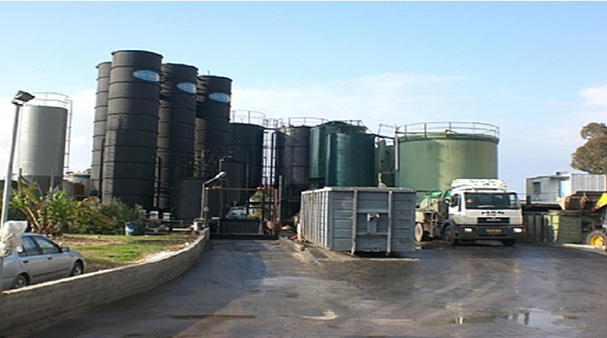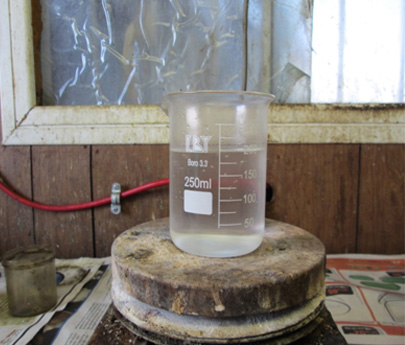Mineral & Vegetable oily wastewater including emulsions are considered extremely hard to purify.
They contain very high oil and solid loads which can be up to 100,000 mg/l of oil (10%) , up to 300,000 mg/l of solids (30%) and very high organic loads.
Waste is very viscous and dense and tend to clog all installations

Garage
Metal cutting oil industry
Petrol stations
Oil – water separators
Food industry (dairies, meat, chicken slaughterhouses)
Petrochemical industry and mineral oil tank farms
Sea and air Ports
Institutional kitchens, hotels , restaurants
More

Municipalities usually prevent these wastes from arriving to central municipal wastewater treatment plants, mainly since they simply kill the bacteria in the existing biological plants , and thus – permanently damage the plant.
These wastes usually arrive to the treatment area by sewage trucks which contain from 5 to 20 m3 of waste.
In the source were they are taken from they may “sit” in a pit for up to several months and therefore water content is deteriorating and oils and solids content are rising.

At this stage the load of COD (Chemical Oxygen Demand) is up to 5,000mg/l (we started at more than 100,000 mg/l), so we removed already around 95% of the COD !)
Oil level at this stage is around 10-50 mg/l and therefore poses no damage to the bacteria.
Still we need to further polish the COD level to less than 2,000 mg/l, which is required at the inlet of the municipal WWTP
The Biological process is based on SBR (Sequential Batch Reactor) and implements special bacteria and further reduce COD level to less than 2,000 mg/l

Chemical Summery Table (average levels in water):





Following our experience we propose to design & Build an Mineral Oil, Fat Oil & Hazardous Wastewater Treatment & Recovery Plant which is:
Sludge lagoons water treatment plant
Oil & gas
Mining and quarry
Chemical
Metal and more
